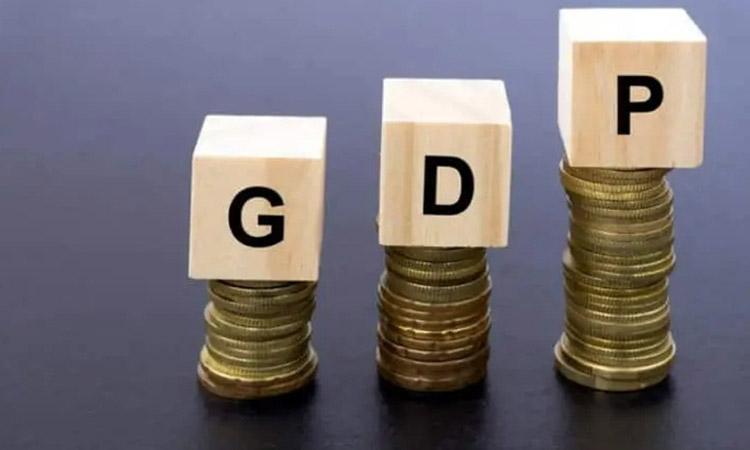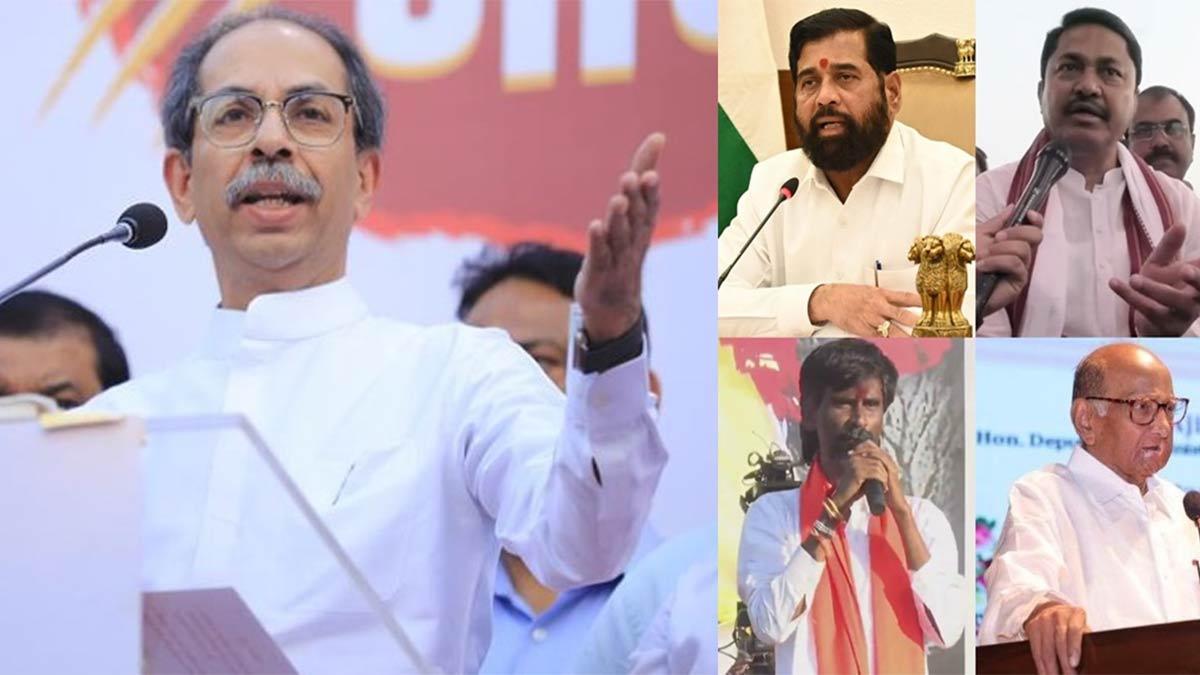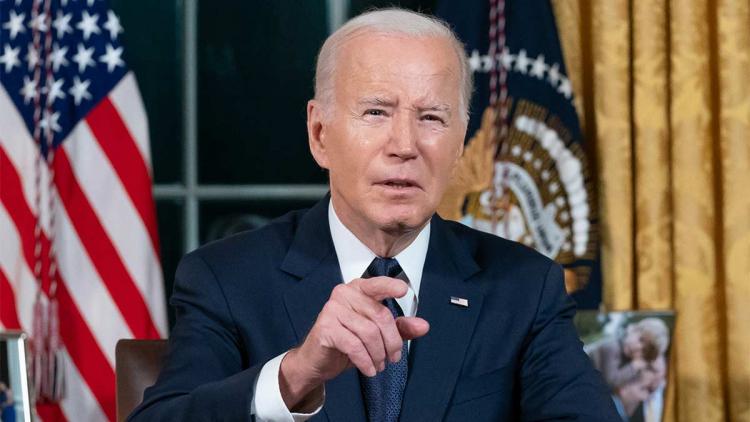Globalisation integrated economies and with economic integration came economic warfare. But along with that, securing economic ties has become equally important.
Amid a rapidly changing geopolitical order, the definition of national security is undergoing alterations. It is no longer about securing borders and geopolitical relationships.
In fact, the most critical lesson that pandemic has taught us is that economic overdependence on any one country can be detrimental to any domestic economy. We witnessed an almost complete standstill in many manufacturing units, especially in Europe, when Wuhan shut down.
Now, economic overdependence becomes even more of a problem in the context of India and China. Why? It is because geopolitically, China and India continue to have a turbid relationship.
Unlike India and Pakistan, where wars and border skirmishes have ensured minimal economic integration, the picture is different in case of India and China. Despite war and border conflict, the economies of India and China are fairly well integrated, even though one could say it is one sided. It was assumed that economic integration between the two countries will help eventually resolve all border disputes, or at the very least, prevent any serious escalations. However, that has not been the case. Economic tension between India and China erupted because of the border skirmishes last year.
For the first time in a long time, India decided to react not just geopolitically, but also economically to mark her dissatisfaction.
Chinese apps were banned, foreign direct investment rules amended to make investments coming in from China more difficult. Strong signals were sent out to Beijing that Chinese investments will not be welcome in India until security concerns are attended to and dealt with. Given the unprecedented severity of India's economic retaliation to Chinese investments, it is necessary to understand to what extent India will be willing to carry these through and how would this impact India and the future of Chinese investments in the country.
After all, India and China are not economies that function in silos and any economic retaliation from either country will have an impact of the other. In this context, the question that we ask is, what is the future of Chinese investments in India?
Trade between India and China
Between 1992 and 2019, China's imports from India grew at a compounded annualised growth rate (CAGR) of 18 per cent, while India's imports from China grew at 25 per cent. The most significant period of divergence between China and India took place between 2009 and 2015. During this time, India's exports to China actually saw a decline, while India's imports from China grew at a CAGR of 11 per cent. While for India, China remains the largest import partner and the third largest export partner, for China, India contributes to merely 1 per cent of China's total imports.
For China, India is an important export market by virtue of potential and market size.
Even so, India receives only 2.6 per cent of China's total exports. The USA and European Union (EU), and the Association of Southeast Asian Nations (ASEAN) are still the largest markets for Chinese exports. For India, China is the largest import partner. It is therefore essential to understand what kind of products India actually imports from China.
The largest share of imports from China is electronics and machinery, followed by chemicals, metals, plastics or rubber, and textiles. These have been consistently the top five product imports by India. The pressure of India to react not just politically and militarily to the recent problems at the border, but also to react economically.
Domestic demands have reduced, if not completely stop, Chinese investments in Indian companies and re-assessing existing investments, to alter the terms of trade including a ban on imports from China, and to re-evaluate various bilateral treaties India has with many countries to review any indirect imports from China. The hope is that these initiatives will drive up manufacturing in India, a core priority of the incumbent government's Make in India initiative.
The government's own e-marketplace, GEM, has already made it mandatory for their vendors to state the origins of the product, ostensibly to track the kind and volumes of imports from China in terms of both final products and components. This has been extended to e-commerce platforms in India as well.
There is much debate on how India must react economically vis-a-vis China. India's micro, small and medium enterprises (MSMEs) are already worried about how any ban on imports will affect the production lines and drive up costs. There is also concern over whether India can build scale in production for certain commodities that have not quite been part of India's production basket.
It is under such circumstances that India is evaluating Chinese investments in India.
How has China engaged economically with India
China has been engaging with India broadly in three ways. First, through FDI investments, through which economic assets are created in the country that contribute to the exchequer, provides jobs, and also meets local demand. Second, by way of investments into technology and startup companies. This particular form of investment has come under more flack than the first. The third has been through Chinese exports to India. This too has come under significant flack for various reasons.
Anecdotally, both civil society and policymakers agree that China is an important economic partner to India. There is also cognisance of the fact that geopolitical tensions and border tensions can have a detrimental impact on both economies especially related to trade. Furthermore, the Indian policymaker is somewhat also bound by the national sentiment.
In the last one year, the Indian policymaker has made many kneejerk policies more as a means of posturing than to cause any long term harm.
Sample this. The change in Press Note No. 3 was motivated more by the impact of the pandemic and India was not the only country to bring about changes in regulations that subjected some FDI to greater scrutiny. Other countries that adopted similar measures were Australia, Germany, France, and Italy. For the most part, these changes were believed to be temporary and were viewed as a means to fortify the domestic economy and businesses. Hence, when this was followed by Prime Minister Narendra Modi calling for an "Atmanirbhar Bharat" or a self-reliant India by reducing India's imports from China and instead focus on India's own manufacturing capabilities, as he announced a Rs 20,000 crore or approximately $256 billion economic package to accelerate the slow paced economy, was no surprise.
All these measures were oriented towards boosting a pandemic-affected economy.
However, things took a completely different turn after the military clashes between the Indian army and the Chinese PLA in Galwan Valley in June 2020.
Slogans for boycotting Chinese products and adopting domestically produced goods gained traction, causing serious dip in the sale of goods produced by Chinese companies. For India, it was no longer about self-reliance alone, it had now transformed into a strong track two diplomatic response.
India took this opportunity and banned 59 Chinese apps, some of which were under scrutiny for long due to concerns on data security and privacy of their user base. Some of these apps were immensely popular in the country and earned a lion's share of their revenue just from India.
This move was widely debated in India. While most were in favour of the app ban, the economic impact of the ban on India did not go unnoticed.
Startups that were relying on Chinese investments were suddenly left in the lurch since many of their prospective investors were now banned in India. Interestingly, there has been little discussion around the impact of closure of some these banned app's offices in India and the resultant unemployment, though there have been no estimated number per se.
Whether the Indian government even considered this outcome of the app ban is questionable.
The app ban was followed by the Department of Expenditure, Ministry of Finance, making amendments to its public procurement policy under the General Financial Rule 2017. The amendments ensured that no country that shares a land border with India would be eligible to bid for public projects, unless the company was registered with the "Competent Authority" which would be DPITT, and only with approvals from both Ministry of External Affairs and Ministry of Home Affair.
In September 2020, the Government tightened its rules for Free Trade Agreements (FTA), specifically taking measures against dumping of substandard and cheap goods. It is not uncommon for countries to route white label goods through countries with whom India has favourable FTA to avoid paying higher duty.
As of January 2019, India had levied 99 anti-dumping duties against Chinese products. Of these the majority were on chemicals. Of all countries, China probably has the highest number of anti-dumping duties levied against them and also the most number of anti-dumping investigations.
As of 2020, there are 90 products from China that have anti-dumping measures and there are 24 ongoing investigations against China.
The first and constant priority for India has been to reduce her import dependence on China. This is for three reasons. First, India has to reduce her imports to manage the current account deficit (CAD). Two, while some of the import from China may be high technology goods, there are also a significant number of products imported for which India currently has or can build quite easily domestic manufacturing capabilities.
One report suggests that India can reduce the trade deficit with China by almost $8 billion in just one financial year.
The third reason is one of sound geopolitical and economic reasons. An over dependence of one economy on another economy is not healthy, unless the bilateral relationship is more of less equitable or there is co-dependency. In the case of India and China, the dependence is one sided.
Lack of cohesive policy
What is most disturbing is that India does not seem to have any medium or long term strategy with regard to how to approach investments from China. There seems to be no cohesive approach adopted by policymakers. Multiple ministries and policymakers have issued directives and regulations, ostensibly in the interest of promoting domestic business and manufacturing and also as a way of reacting economically (by disengaging) to a geopolitical problem.
It has been a year since the border skirmishes and there has been some de-escalation that has happened between the two countries. However, it is still largely unclear on what will be the next steps with regard to Chinese investments in India.
Ideally the government must create a short term, medium term, and long term strategy with regard to Chinese investments in India.
This is particularly important since any decision with regard to this will involve several central ministries and also state governments. Furthermore, multiple angles, such as, the economic impact on the Indian economy, WTO compliance, India's domestic wherewithal, geopolitics, and national security, must all be carefully considered.
Currently there appears to be little clarity to the issue at hand.
As a result, multiple ministries have their own agenda and perspective at play, and not surprisingly, many of these are at cross purposes. There are however few common perceptions. The first is that India is over dependent on China. Second, the terms of trade are not in favour of India and the trade deficit must be reduced. Third, any step taken to stymy Chinese investments in India will have an adverse impact on the Indian economy.
The debate currently surrounds whether the Indian economy has the wherewithal to deal with the adverse impact and emerge more self-reliant or whether this will worsen India's economic condition and it is the answer to this debate that will lead India to create a more comprehensive economic and security strategy with respect to China.
(Nirupama Soundararajan is Chief Executive Officer, Pahle India Foundation. The views are personal)


















